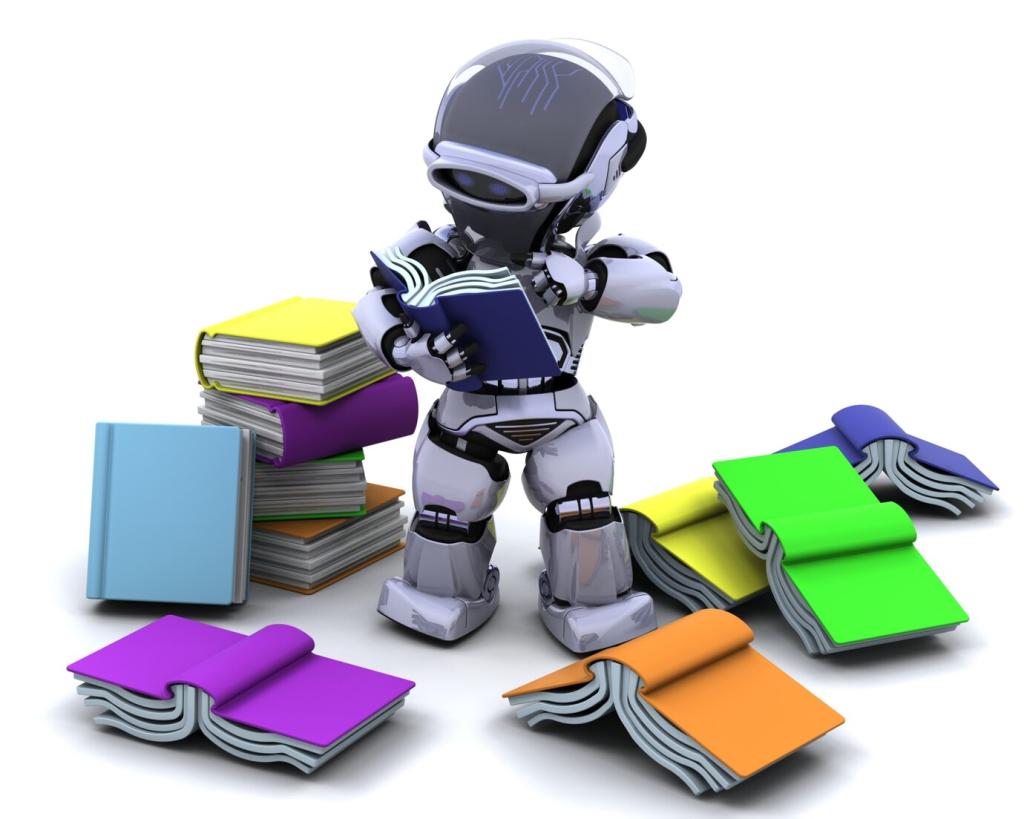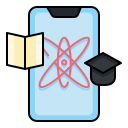Virtual Reality: A New Frontier in Educational Tools
Virtual reality (VR) is rapidly transforming the educational landscape, offering immersive and interactive experiences that were once unimaginable in traditional classrooms. By simulating real-world and fantastical environments, VR enables students and educators to transcend geographical and physical limitations. This new digital frontier opens the door to personalized, experiential learning—making subjects more engaging, concepts more tangible, and participation more inclusive. As schools and universities embrace technological advancements, VR emerges as a revolutionary tool, reshaping both teaching methodologies and learning outcomes.
The Evolution of Learning Through VR
The journey from traditional classroom tools to cutting-edge VR headsets illustrates the rapid transformation of educational practices. Chalkboards and textbooks once defined the boundaries of teaching, but VR removes those boundaries completely. Instead of reading about a distant country or a complex scientific process, students can experience it firsthand within a virtual space. This evolution fosters deeper understanding and retention, as learning becomes active participation rather than passive observation. Teachers also benefit by employing interactive lessons that can be tailored to various learning paces and styles, shifting the focus to student-centric exploration.
Enhancing Student Engagement and Motivation
One of VR’s greatest strengths lies in its ability to create immersive worlds that pull students directly into the subject matter. Instead of visualizing a historical event, students can “stand” in the middle of it, gain perspectives of people from different eras, and even manipulate the environment. This interactivity promotes active learning, keeping students invested and engaged. Immersion leads to greater emotional connections with the material, as students become part of the narrative rather than distant observers. Such intense engagement can spark curiosity and critical thinking, making even the most challenging topics accessible and exciting.
Every student learns differently, and VR allows for highly personalized educational experiences that adapt to individual needs. Within a virtual space, learners can progress at their own pace, revisit difficult concepts, and explore topics that interest them most deeply. Adaptive VR platforms can respond to performance, offering tailored feedback or branching paths in lessons. This degree of personalization not only fosters autonomy but also helps reduce anxiety linked to traditional testing or public classroom participation. As a result, students feel more confident and motivated to take charge of their own learning journeys.
VR incorporates elements of gamification, such as achievements, progress tracking, and virtual rewards, making learning feel like a game rather than a chore. These features tap into students’ intrinsic motivation, encouraging them to complete tasks and tackle challenges with enthusiasm. By setting achievable goals and providing immediate feedback, VR platforms keep students driven and focused. The competitive and cooperative aspects of virtual learning also foster social interaction and teamwork, both crucial for developing important life skills. Gamification leverages the natural human love of play to transform education into a source of pride and enjoyment.
Expanding Horizons: Accessibility and Inclusion
Many students face barriers to education simply due to where they live, whether in remote rural locations or underserved urban neighborhoods. VR eliminates these constraints by bringing world-class educational content directly to students, regardless of their surroundings. Virtual field trips, simulated labs, and online collaborations enable learners to experience opportunities that would otherwise require significant travel and expense. In this way, VR levels the playing field, ensuring all students have access to enriching learning experiences and global perspectives that prepare them for future challenges.

